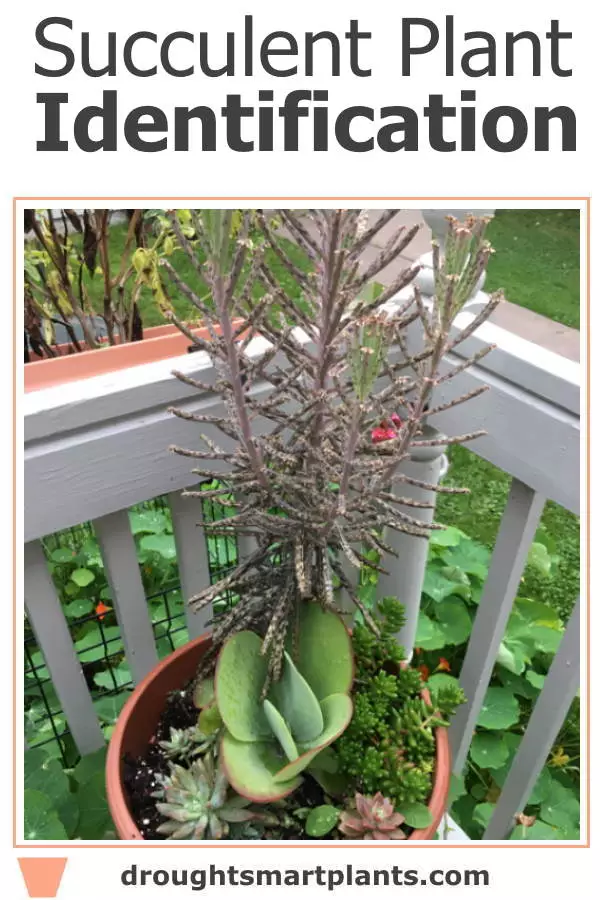Succulent Plant Identification with Pictures for Easy Recognition
Succulents have become increasingly popular in homes and gardens due to their fascinating diversity and striking aesthetics. These resilient plants are celebrated for their unique adaptations, which allow them to thrive in arid environments. Understanding how to identify different types of succulents enhances the experience of caring for them and adds depth to your horticultural knowledge. In this article, we delve into the intricacies of succulent plant identification, supported by visually appealing examples that illustrate their distinctive features.
The Allure of Succulent Diversity
Succulents, characterized by their fleshy leaves and stems, come in a myriad of shapes, sizes, and colors. This diversity is not merely aesthetic; it is a testament to their evolutionary adaptations. Their ability to store water enables them to survive in harsh conditions, making them a fascinating study for both botany enthusiasts and casual gardeners alike. Each species showcases unique traits, from the intricate patterns on their leaves to the mesmerizing hues that can transform with the seasons.
Identifying succulents can often be daunting due to their vast array of varieties. Knowledge of specific characteristics and visual cues can aid this process. Certain key elements—such as leaf formation, stem structure, and flowering habits—serve as excellent indicators for identification.
Unveiling Leaf Structure and Texture
Examining leaf structure is one of the most effective ways to identify succulent species. Leaves may vary dramatically in shape; they can be cylindrical, flat, or even spade-like. Some, such as the Aloe vera, present thick, serrated edges that hint at their resilience, while others like the Echeveria display rosette formations exemplifying symmetry and grace.
The texture of the leaves can also provide vital clues. Many succulents boast a waxy coating, which serves as a protective layer against excessive evaporation. For instance, the Crassula ovata, commonly known as the jade plant, exhibits thick, glossy leaves that reflect light beautifully. Alongside the gloss, many species possess unique pubescence or fuzzy surfaces that make them not only pleasing to the eye but also help in moisture retention.
Color Variation—The Artistry of Succulents
The color of succulent leaves can range from subtle greens to striking purples, providing visual interest that can captivate any plant lover. The presence of pigments such as anthocyanins contributes to this vibrant palette. For example, the Graptopetalum paraguayense, often referred to as the ghost plant, can exhibit a stunning pastel coloration that shifts throughout the day depending on sunlight exposure.
Recognizing color patterns is crucial for identification. Some succulents, like the Sedum morganianum, better known as burro’s tail, display cascading stems with bluish-green leaves, whereas others like the Euphorbia tirucalli, or pencil cactus, feature cylindrical, unbranched stems that are bright green. These color variations not only enrich a garden’s aesthetic but also reflect the environmental adaptations of each species.
Stem Formation and Growth Habit
The structure of a succulent’s stem is another vital aspect of identification. Stems can diverge into various formations: they can be upright, trailing, or even bushy. For example, the Kalanchoe tomentosa, popularly known as the panda plant, has thick, furry leaves growing on short, sturdy stems. This sturdy architecture allows it to maintain stability while withstanding windy climates.
Consider the growth habit as well when identifying succulents. Some, such as the Adenium obesum or desert rose, possess a swollen base that stores water, promoting resilience during drought. Others, like the Rhipsalis, exhibit a unique epiphytic growth habit, gracefully trailing their long, slender stems from hanging planters, lending an ethereal quality to any space they inhabit.
Flowering Characteristics—A Botanical Spectacle
Flowering is a crucial aspect of identifying succulents; many species bloom in striking, eye-catching ways. The inflorescence can vary from simple to complex arrangements, and the timing of these blooms can also differ significantly among varieties. The Aloe vera, for instance, produces tall, vibrant spikes adorned with tubular red-orange flowers, while the Haworthia features delicate white flower spikes that contrast elegantly with its rosette of thick leaves.
When identifying succulents by their flowers, it is essential to note blooming seasons. Some succulents will only flower under specific conditions, such as during periods of drought or with a precise light exposure, adding another layer of intrigue to their identification process.
The Aesthetic Appeal of Succulent Gardens
Combining various succulent species can create an enchanting display, leveraging their visual appeal and distinct characteristics. A well-curated succulent garden not only showcases these unique plants but also expresses the gardener’s creativity. The interplay of colors, patterns, and textures can produce a stunning tableau that draws admiration.
Consider incorporating taller specimens as a backdrop, such as the majestic Agave, alongside smaller ground cover varieties like Sempervivum or hens and chicks. This layered approach not only maximizes visual interest but also highlights the unique traits of each succulent.
In conclusion, the world of succulents offers a thrilling journey of identification and appreciation. From their diverse forms and striking colors to their resilient nature, these captivating plants invite explorations that promise both aesthetic pleasure and botanical knowledge. Engaging with succulents enhances one’s horticultural expertise while nurturing a deeper connection to nature’s resilience and artistry.





Leave a Comment